 In an era where technological innovation is not just an advantage but a necessity, HeLIUM Cryogenics™, stands at the vanguard, continually pushing the boundaries of whatʼs possible in cryogenic technology. Presently, a significant milestone is being marked in HeLIUMʼs journey as it unveils its latest innovation: a new line of mini and mid-range Stirling coolers. These coolers, exemplifying the pinnacle of engineering and design, stand as a testament to HeLIUM’s commitment to excellence, offering performance that competes head-to-head with the best in the market while seamlessly integrating efficiency, compactness and environmental sustainability into an advanced product series.
In an era where technological innovation is not just an advantage but a necessity, HeLIUM Cryogenics™, stands at the vanguard, continually pushing the boundaries of whatʼs possible in cryogenic technology. Presently, a significant milestone is being marked in HeLIUMʼs journey as it unveils its latest innovation: a new line of mini and mid-range Stirling coolers. These coolers, exemplifying the pinnacle of engineering and design, stand as a testament to HeLIUM’s commitment to excellence, offering performance that competes head-to-head with the best in the market while seamlessly integrating efficiency, compactness and environmental sustainability into an advanced product series.
H2FLY Pioneers Emissions-Free Flight with Successful Liquid-Hydrogen-Powered Aircraft
 Stuttgart-based innovator H2FLY has achieved an unprecedented breakthrough in aviation history by successfully conducting the world’s first piloted flight of an electric aircraft powered by liquid hydrogen. This remarkable milestone marks a pivotal moment in the journey towards sustainable aviation, showcasing the immense potential of hydrogen-based technology in revolutionizing the industry.
Stuttgart-based innovator H2FLY has achieved an unprecedented breakthrough in aviation history by successfully conducting the world’s first piloted flight of an electric aircraft powered by liquid hydrogen. This remarkable milestone marks a pivotal moment in the journey towards sustainable aviation, showcasing the immense potential of hydrogen-based technology in revolutionizing the industry.
Read More
Cryo-Engineering for SRF
![Figure 1. A- Low β Nb cavities,[1] B- TESLA style cavity, and C- Cavity in LHe vessel.[2] Credit: A. Lombardi et al. and C. Pagani. Figure 1. A- Low β Nb cavities,[1] B- TESLA style cavity, and C- Cavity in LHe vessel.[2] Credit: A. Lombardi et al. and C. Pagani.](https://cryo.memberclicks.net/assets/news/SRF%20Fig-1.png) Fifty-Five Years of Inextricable Success-Superconducting Radio Frequency (SRF) cavities are vitally central to SRF accelerators, boasting a Q factor about 105 times higher than copper cavities and the capability to produce accelerating fields (Eacc) on an order of magnitude greater than copper in CW. In the 1960s, SRF cavities were delicate instruments used by pioneering scientists in several prestigious labs. Over the past 55 years, the synergy between cryogenics and SRF accelerators has consistently proven mutually beneficial and successful. Today, the landscape has evolved significantly, with potential markets for industrial electron beams reaching $10 billion annually. Various SRF cavities mainly made from Nb (Figure 1)[1-2] are widely used in high energy physics, nuclear science, FEL, XFEL, synchrotron lights, computer chips, and medical and industrial applications.
Fifty-Five Years of Inextricable Success-Superconducting Radio Frequency (SRF) cavities are vitally central to SRF accelerators, boasting a Q factor about 105 times higher than copper cavities and the capability to produce accelerating fields (Eacc) on an order of magnitude greater than copper in CW. In the 1960s, SRF cavities were delicate instruments used by pioneering scientists in several prestigious labs. Over the past 55 years, the synergy between cryogenics and SRF accelerators has consistently proven mutually beneficial and successful. Today, the landscape has evolved significantly, with potential markets for industrial electron beams reaching $10 billion annually. Various SRF cavities mainly made from Nb (Figure 1)[1-2] are widely used in high energy physics, nuclear science, FEL, XFEL, synchrotron lights, computer chips, and medical and industrial applications.
Read More
High temperature superconducting (HTS) tapes, which have emerged over the last decade, are enablers for new technologies. Specifically, high temperature superconducting magnets to enable commercial fusion energy are arguably the most tantalizing and potentially impactful. Fusion energy would be a long-envisioned source of firm, safe, carbon-free electricity whose successful development requires creative, innovative cryogenic engineering.
Read More
 Antarctica is vital for cold research, from understanding our fragile climate to tracking local fauna. Energy is critical to this research as it supports expeditions and heating bases. Reliance on diesel import is leaving a dark legacy on the continent, as the buildup of black carbon is causing accelerated rates of animal birth defects and melting ice shelves.[1,2] We must transform our Antarctic fueling practices with urgency if we are to preserve our last clean continent.
Antarctica is vital for cold research, from understanding our fragile climate to tracking local fauna. Energy is critical to this research as it supports expeditions and heating bases. Reliance on diesel import is leaving a dark legacy on the continent, as the buildup of black carbon is causing accelerated rates of animal birth defects and melting ice shelves.[1,2] We must transform our Antarctic fueling practices with urgency if we are to preserve our last clean continent.
Read More
Bearing Fruit: Deep Apple Therapeutics Launches to Screen AI-Generated Virtual Libraries
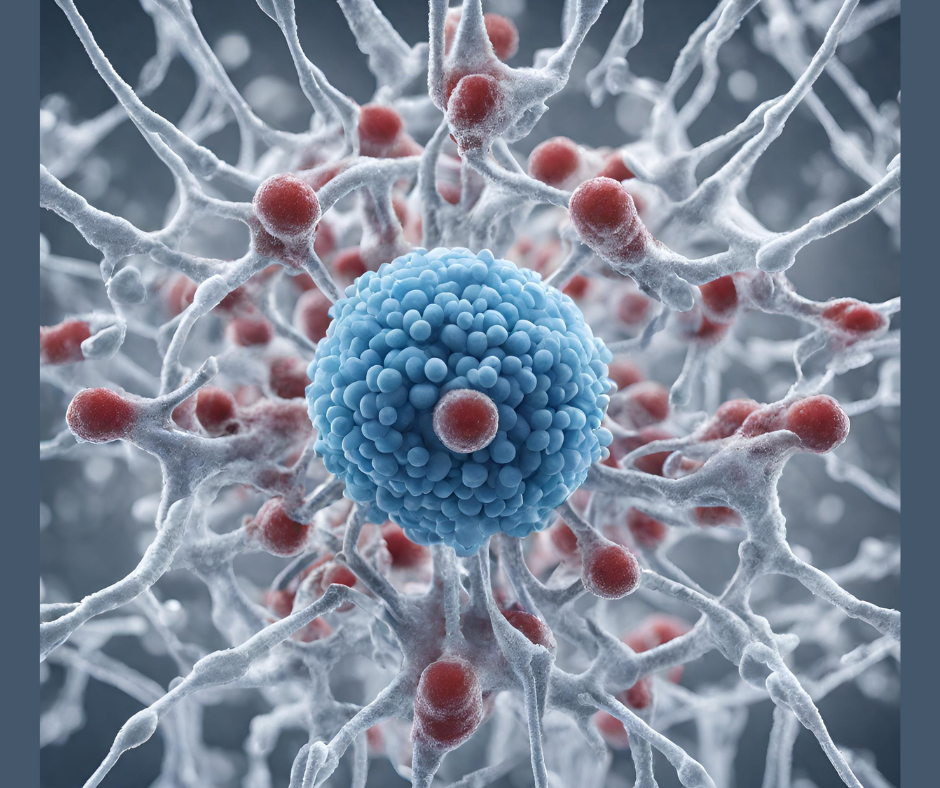 A cryo-EM and GPCR expert, a virtual screening pioneer, and a virtual chemical library creator walk into a bar. The result is not the opening line of a joke but rather the founding of a start-up that will rapidly discover novel small-molecule therapeutics through the virtual screening of AI-generated virtual libraries. That company, Deep Apple, launched with a Series A commitment of $52 million from life sciences venture capital firm Apple Tree Partners.
A cryo-EM and GPCR expert, a virtual screening pioneer, and a virtual chemical library creator walk into a bar. The result is not the opening line of a joke but rather the founding of a start-up that will rapidly discover novel small-molecule therapeutics through the virtual screening of AI-generated virtual libraries. That company, Deep Apple, launched with a Series A commitment of $52 million from life sciences venture capital firm Apple Tree Partners.
Read More
 Before architect César Martín-Gómez could send his latest thermoelectric experiment to Antarctica in 2018, he had to make sure that soldiers from the Spanish Army could get it right on the first try. In the laboratory, he could always run the experiment—a scale model of a solid-state thermoelectric heater—a second time if it needed troubleshooting.
Before architect César Martín-Gómez could send his latest thermoelectric experiment to Antarctica in 2018, he had to make sure that soldiers from the Spanish Army could get it right on the first try. In the laboratory, he could always run the experiment—a scale model of a solid-state thermoelectric heater—a second time if it needed troubleshooting.
Read More
ExxonMobil to Build CCS Pilot Plant with FuelCell Energy Using Carbonate Fuel Cell Technology
 ExxonMobil’s affiliate Esso Nederland BV plans to build a pilot plant at its Rotterdam manufacturing complex to test a breakthrough technology that could significantly reduce CO2 emissions from key industries. The pilot plant aims to obtain data on performance and operability of the carbonate fuel cell (CFC) technology, jointly developed with FuelCell Energy. Additionally, the pilot aims to address potential technical issues that may occur in a commercial environment and better understand the costs of installing and operating a CFC plant for carbon capture.
ExxonMobil’s affiliate Esso Nederland BV plans to build a pilot plant at its Rotterdam manufacturing complex to test a breakthrough technology that could significantly reduce CO2 emissions from key industries. The pilot plant aims to obtain data on performance and operability of the carbonate fuel cell (CFC) technology, jointly developed with FuelCell Energy. Additionally, the pilot aims to address potential technical issues that may occur in a commercial environment and better understand the costs of installing and operating a CFC plant for carbon capture.
Read More
Wyoming Already Produces 20% Of The World’s Helium, And Likely Has A Lot More
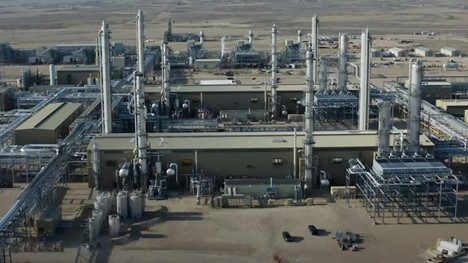 There are three locations in the world where helium can be sourced. One is Qatar, another is in Texas and the third is right here in Wyoming at an ExxonMobil facility near La Barge. Called Schute Creek, it produces about 20% of the world’s helium.
There are three locations in the world where helium can be sourced. One is Qatar, another is in Texas and the third is right here in Wyoming at an ExxonMobil facility near La Barge. Called Schute Creek, it produces about 20% of the world’s helium.
Read More
 A team of researchers working on DARPA's Optimization with Noisy Intermediate-Scale Quantum devices (ONISQ) program has created the first-ever quantum circuit with logical quantum bits (qubits), a key discovery that could accelerate fault-tolerant quantum computing and revolutionize concepts for designing quantum computer processors.
A team of researchers working on DARPA's Optimization with Noisy Intermediate-Scale Quantum devices (ONISQ) program has created the first-ever quantum circuit with logical quantum bits (qubits), a key discovery that could accelerate fault-tolerant quantum computing and revolutionize concepts for designing quantum computer processors.
Read More
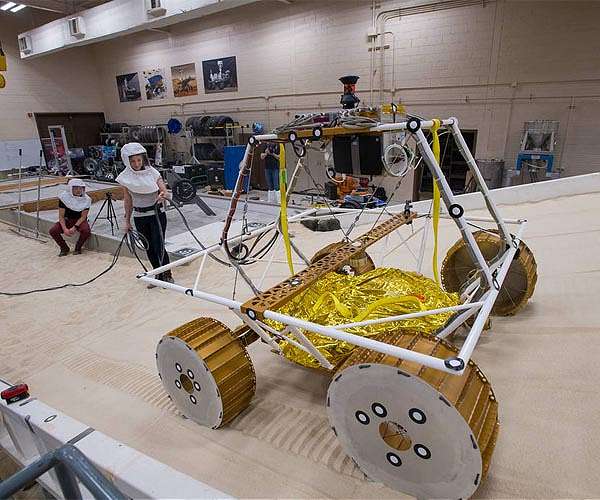 When NASA's VIPER (short for Volatiles Investigating Polar Exploration Rover) lands on the surface of the Moon on a mission to better understand the environment where NASA plans to send astronauts as part of the increasingly complex Artemis missions, its journey will be guided by the ingenuity of its human team - and several key tools that use artificial intelligence. From helping the science team choose a landing site at the lunar mountain Mons Mouton, to planning out its path, the VIPER team has developed and used artificial intelligence algorithms to help assess risk and optimize decision making.
When NASA's VIPER (short for Volatiles Investigating Polar Exploration Rover) lands on the surface of the Moon on a mission to better understand the environment where NASA plans to send astronauts as part of the increasingly complex Artemis missions, its journey will be guided by the ingenuity of its human team - and several key tools that use artificial intelligence. From helping the science team choose a landing site at the lunar mountain Mons Mouton, to planning out its path, the VIPER team has developed and used artificial intelligence algorithms to help assess risk and optimize decision making.
Read More
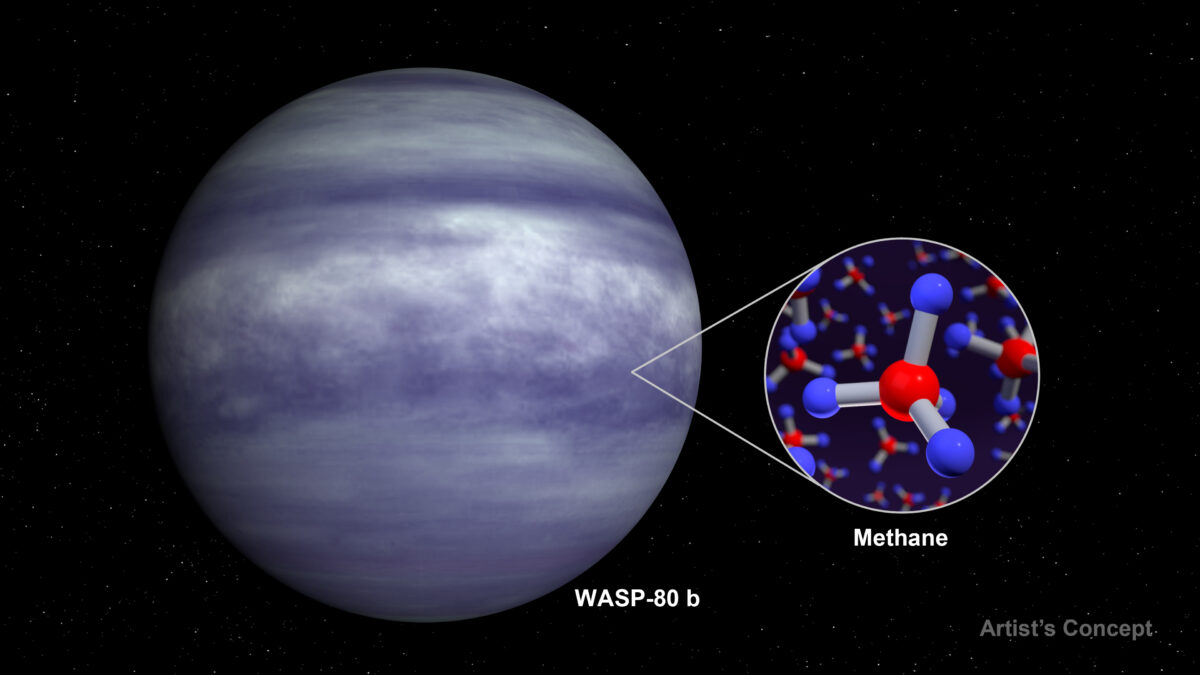 NASA’s James Webb Space Telescope observed the exoplanet WASP-80 b as it passed in front of and behind its host star, revealing spectra indicative of an atmosphere containing methane gas and water vapor. While water vapor has been detected in over a dozen planets to date, until recently methane – a molecule found in abundance in the atmospheres of Jupiter, Saturn, Uranus, and Neptune within our solar system – has remained elusive in the atmospheres of transiting exoplanets when studied with space-based spectroscopy. Taylor Bell from the Bay Area Environmental Research Institute (BAERI), working at NASA’s Ames Research Center in California’s Silicon Valley, and Luis Welbanks from Arizona State University tell us more about the significance of discovering methane in exoplanet atmospheres and discuss how Webb observations facilitated the identification of this long-sought-after molecule. These findings were recently published in the scientific journal Nature.
NASA’s James Webb Space Telescope observed the exoplanet WASP-80 b as it passed in front of and behind its host star, revealing spectra indicative of an atmosphere containing methane gas and water vapor. While water vapor has been detected in over a dozen planets to date, until recently methane – a molecule found in abundance in the atmospheres of Jupiter, Saturn, Uranus, and Neptune within our solar system – has remained elusive in the atmospheres of transiting exoplanets when studied with space-based spectroscopy. Taylor Bell from the Bay Area Environmental Research Institute (BAERI), working at NASA’s Ames Research Center in California’s Silicon Valley, and Luis Welbanks from Arizona State University tell us more about the significance of discovering methane in exoplanet atmospheres and discuss how Webb observations facilitated the identification of this long-sought-after molecule. These findings were recently published in the scientific journal Nature.
Read More
Unleashing Hydrogen—a Paradigm Shift in Energy Storage and a Sustainable Future
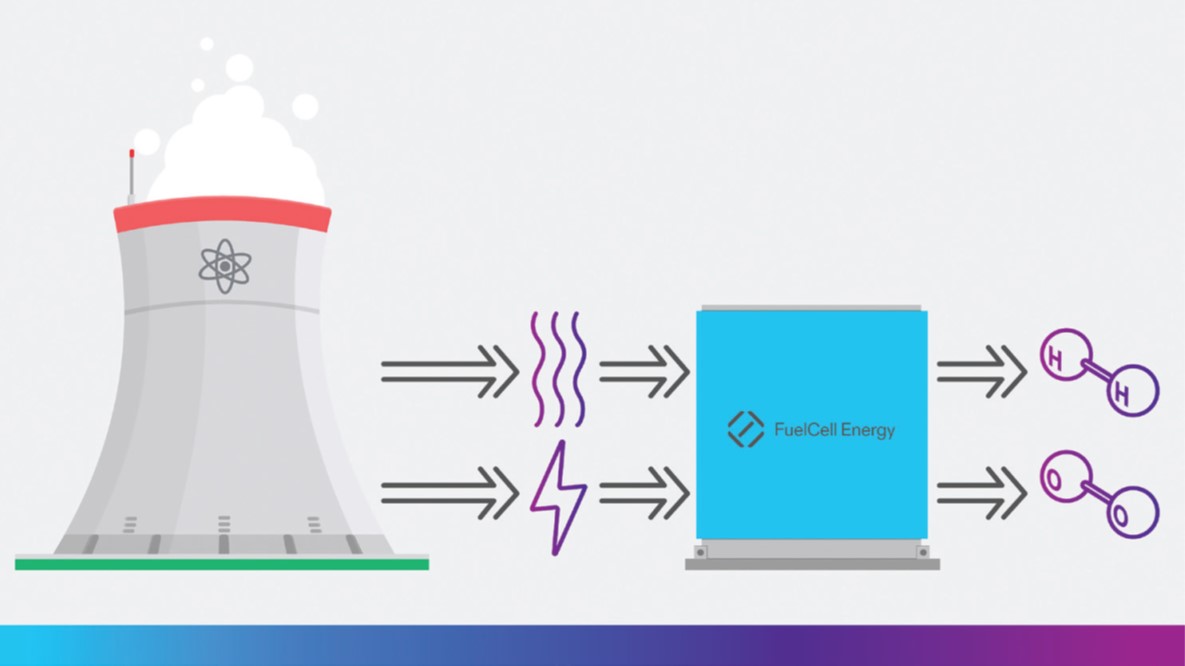 As the wheels of innovation propel society forward, some elements of our technological landscape remain entrenched in the past, seemingly impervious to the tides of change. The heating oil tank, a relic from a different era, stands as a testament to this phenomenon. In a time when the urgency of sustainable energy solutions has never been greater, the persistence of this inefficient and high carbon intensity component raises concerns and challenges us to rethink the status quo.
As the wheels of innovation propel society forward, some elements of our technological landscape remain entrenched in the past, seemingly impervious to the tides of change. The heating oil tank, a relic from a different era, stands as a testament to this phenomenon. In a time when the urgency of sustainable energy solutions has never been greater, the persistence of this inefficient and high carbon intensity component raises concerns and challenges us to rethink the status quo.
Read More
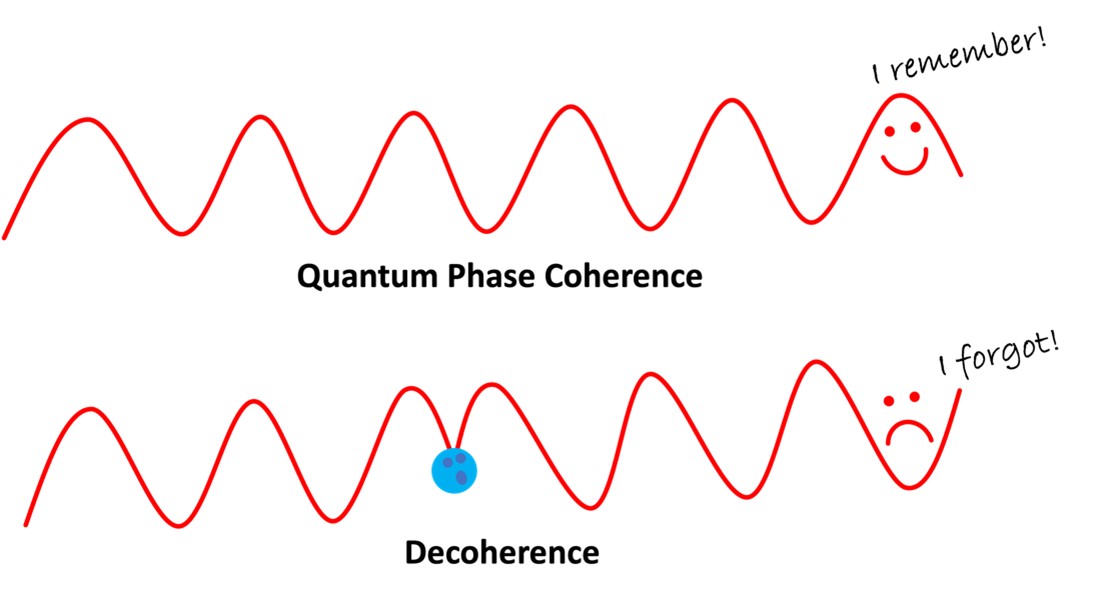 Efforts to build a useful quantum computer are underway, with startup companies competing alongside the big leaders in information technology. Other quantum technologies are already part of our everyday lives, from MRI scanners in hospitals to atomic clocks, which are used to keep precise track of time on GPS satellites and inform Coordinated Universal Time. The word “quantum” itself has become almost synonymous with cutting-edge technological advancement.
Efforts to build a useful quantum computer are underway, with startup companies competing alongside the big leaders in information technology. Other quantum technologies are already part of our everyday lives, from MRI scanners in hospitals to atomic clocks, which are used to keep precise track of time on GPS satellites and inform Coordinated Universal Time. The word “quantum” itself has become almost synonymous with cutting-edge technological advancement.
Read More
 Ampo Poyam Valves (AMPO), with a history spanning nearly six decades, has established itself as a significant player in the realm of highly engineered valves and fluid handling solutions tailored for demanding applications and services. Drawing from its extensive experience, the company has earned a reputation for handling international projects with precise technical specifications, providing dependable solutions with minimal maintenance costs. Core principles at AMPO encompass effective supply chain management, including an integrated foundry and robust field support through its service division.
Ampo Poyam Valves (AMPO), with a history spanning nearly six decades, has established itself as a significant player in the realm of highly engineered valves and fluid handling solutions tailored for demanding applications and services. Drawing from its extensive experience, the company has earned a reputation for handling international projects with precise technical specifications, providing dependable solutions with minimal maintenance costs. Core principles at AMPO encompass effective supply chain management, including an integrated foundry and robust field support through its service division.
Read More
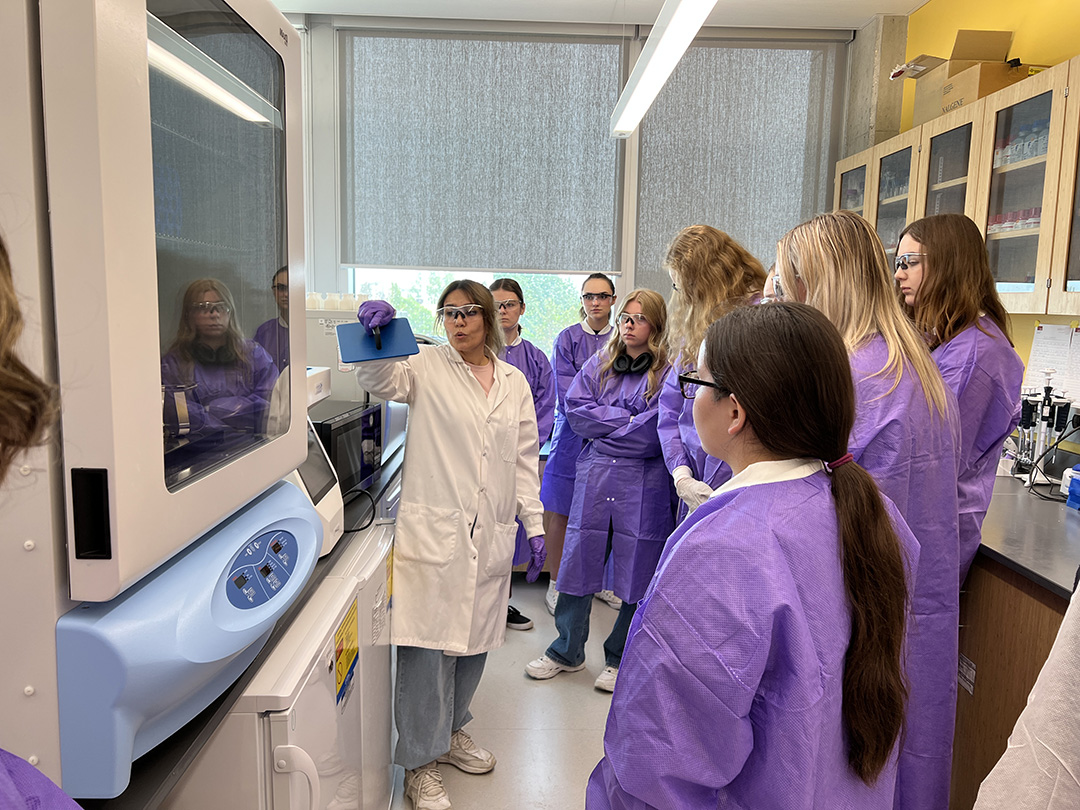 A monumental program centered on ovarian tissue cryopreservation is offering hope to women and girls across Canada. Dr. James Benson, a world-renowned cryobiology expert, leads this transformative initiative. This medical procedure safeguards healthy ovarian tissue before cancer treatments can harm it, ultimately enabling female patients to have biological children in the future. Dr. Benson's innovative approach involves extracting and preserving unaffected ovarian tissue, preventing its damage from the harsh effects of chemotherapy, radiation and surgery. Remarkably, Dr. Benson is one of the few pioneering research in reproductive cryobiology in Canada. He holds the position of associate professor in the Department of Biology at the University of Saskatchewan’s (USask) College of Arts and Science, playing a pivotal role in the concerted effort to establish an outstanding cryobiology research program at USask.
A monumental program centered on ovarian tissue cryopreservation is offering hope to women and girls across Canada. Dr. James Benson, a world-renowned cryobiology expert, leads this transformative initiative. This medical procedure safeguards healthy ovarian tissue before cancer treatments can harm it, ultimately enabling female patients to have biological children in the future. Dr. Benson's innovative approach involves extracting and preserving unaffected ovarian tissue, preventing its damage from the harsh effects of chemotherapy, radiation and surgery. Remarkably, Dr. Benson is one of the few pioneering research in reproductive cryobiology in Canada. He holds the position of associate professor in the Department of Biology at the University of Saskatchewan’s (USask) College of Arts and Science, playing a pivotal role in the concerted effort to establish an outstanding cryobiology research program at USask.
Read More
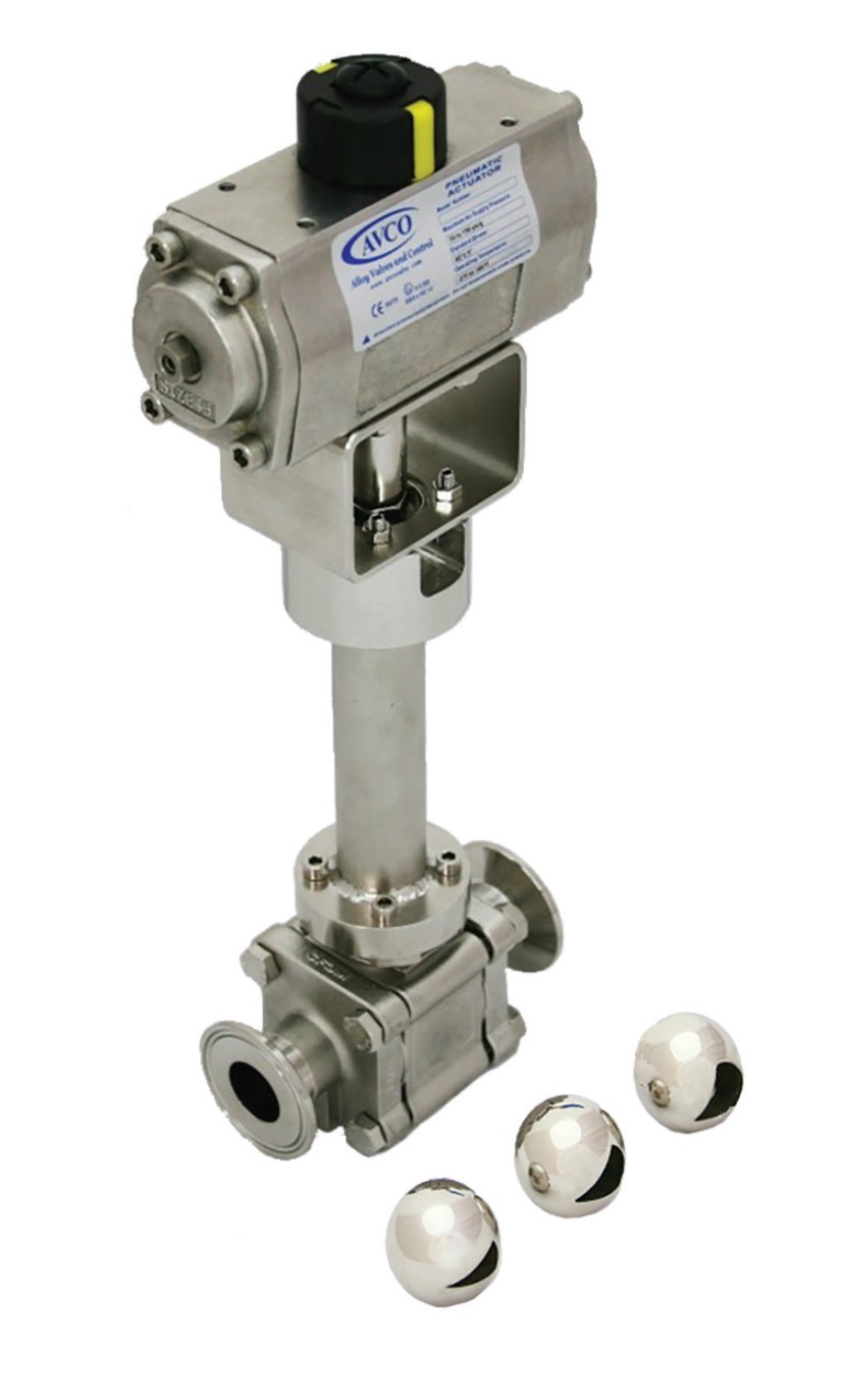 "It’s too hot, it’s too cold.” We have all heard those famous words from family, friends, coworkers or feedback from instrumentation. Whether it is to control temperature in a confined environment, rotating equipment, or bioprocessing, cryogens are utilized throughout industries.
"It’s too hot, it’s too cold.” We have all heard those famous words from family, friends, coworkers or feedback from instrumentation. Whether it is to control temperature in a confined environment, rotating equipment, or bioprocessing, cryogens are utilized throughout industries.
Read More
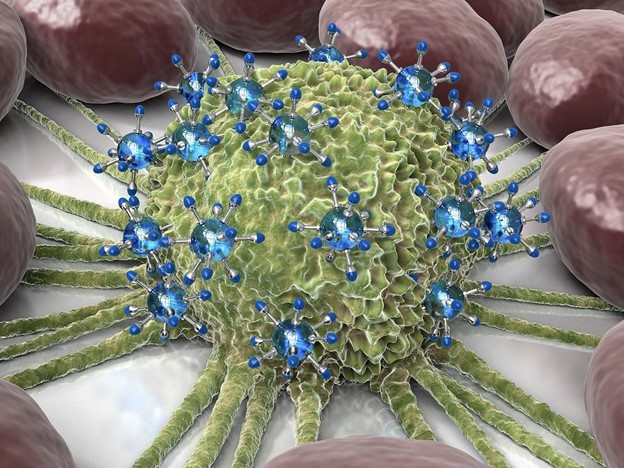 Researchers have been exploring the use of injectable nanoparticles that can quickly home in on a microscopic tumor. It’s a novel technique that could pave the way for the early detection of small tumors that may not show up on traditional imaging technologies. In a study published in the October issue of the IEEE Internet of Things Journal, one team has found a way to guide cancer-detecting nanoparticles to a tumor faster, while using fewer resources.
Researchers have been exploring the use of injectable nanoparticles that can quickly home in on a microscopic tumor. It’s a novel technique that could pave the way for the early detection of small tumors that may not show up on traditional imaging technologies. In a study published in the October issue of the IEEE Internet of Things Journal, one team has found a way to guide cancer-detecting nanoparticles to a tumor faster, while using fewer resources.
Read More
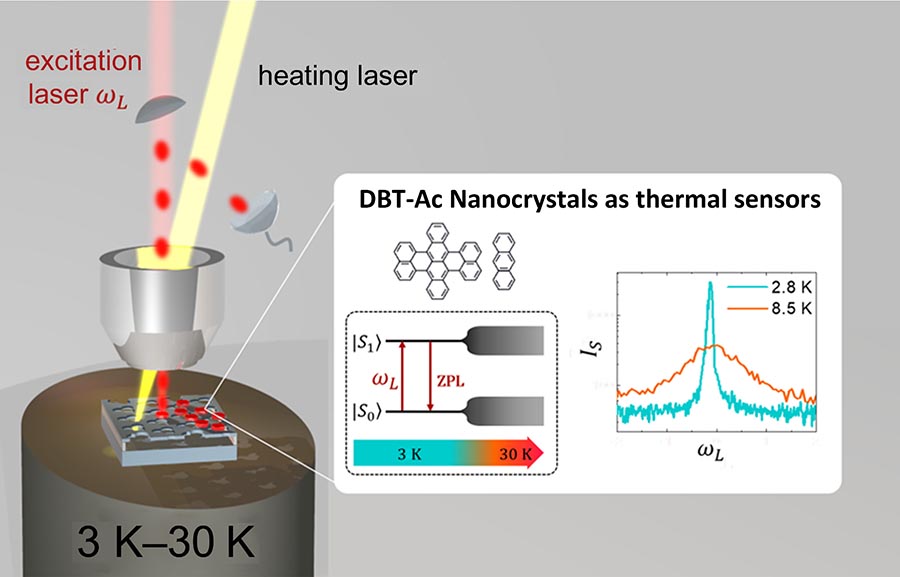 Taking the temperature of a sample can be tricky—especially in the regimes of the very small and the very cold. The smaller the sample, the greater the influence the thermometer itself may exert on the measurement. And in the ultracold regime, even tiny amounts of heat can significantly alter the temperature reading.
Taking the temperature of a sample can be tricky—especially in the regimes of the very small and the very cold. The smaller the sample, the greater the influence the thermometer itself may exert on the measurement. And in the ultracold regime, even tiny amounts of heat can significantly alter the temperature reading.
Read More
Scientists have been studying fusion for decades with the understanding that if we could replicate the process here on Earth, we could create a virtually limitless clean power resource for the world. Fusion is the same process that happens in the stars, when two light atomic nuclei combine to form a heavier nucleus. At extremely high temperatures and pressures, hydrogen nuclei fuse together to form helium, creating enormous amounts of energy in the process. The challenge on Earth is achieving an energy output that exceeds the energy input, often referred to as Q>1. Achieving self-sustaining fusion energy requires that three conditions are achieved, referred to as the “fusion triple product,” which is the product of (1) plasma density (the number of fuel ions in a given volume), (2) confinement time (how long the hot fuel ions are kept together), and (3) plasma temperature (which provides the energy required for the fuel ions to overcome their mutual electrostatic repulsion and come close enough to fuse).


